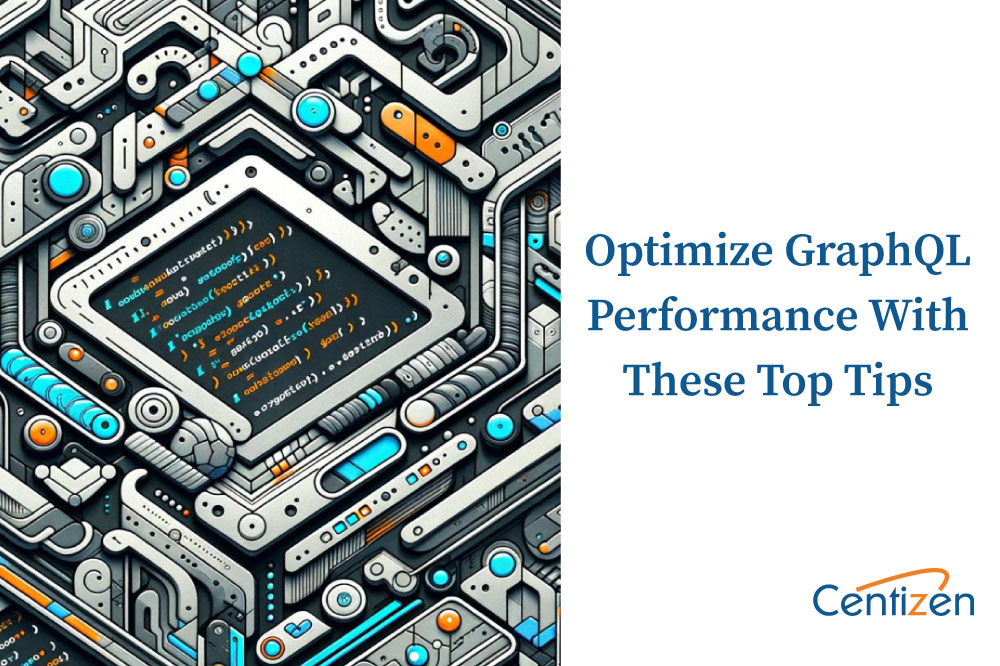Boosting GraphQL Query Performance: Top Strategies

GraphQL has revolutionized how developers interact with APIs by enabling them to request exactly what they need, no more, no less. However, the flexibility of GraphQL can also lead to performance issues if not managed properly. Below, I share several strategies to optimize GraphQL query performance, ensuring your applications are both fast and scalable.
1. Limit query depth
Preventing overly complex queries is crucial for maintaining performance and security. Tools like graphql-depth-limit help limit how deeply queries can be nested, protecting against potential denial of service (DoS) attacks caused by extremely complex queries.
2. Selective field requesting
GraphQL allows clients to request only the fields they need. Encourage or enforce this practice to avoid over-fetching, which can significantly slow down your application by retrieving more data than necessary.
3. Employ batching and caching
- Batching: Tools such as DataLoader can combine multiple requests to your database into a single request, reducing the load on your database significantly.
- Caching: Implement caching at different levels (e.g., query caching, HTTP caching) to reuse frequently requested data, minimizing database hits.
4. Implement persistent queries
Reduce request size and enhance security by using persistent queries. Store queries on the server and reference them with unique identifiers from the client, ensuring only pre-approved queries are executed.
5. Optimize data fetching
Resolve the N+1 problem by optimizing how data is fetched in resolvers. Techniques like join-fetching can reduce the number of queries generated by nested data requests.
6. Strategic schema design
A well-designed schema can greatly enhance performance:
- Avoid deep nesting where possible.
- Implement pagination to limit data retrieval per request.
- Provide filtering and sorting to minimize data processing and transfer.
7. Monitor and log
Use tools like Apollo Engine for monitoring and to identify performance bottlenecks. Understanding which queries are slow can help you make targeted optimizations.
8. Indexing
Ensure your database has appropriate indices for fields that are frequently queried. Proper indexing can dramatically speed up data retrieval times.
9. Rate limiting
Implement rate limiting to control resource consumption and prevent API abuse. This helps manage the load on your servers during peak times.
10. Complexity analysis
Use complexity analysis tools to assign scores to queries based on their potential impact on the system, blocking those that exceed acceptable thresholds.
Conclusion
By implementing these practices, you can ensure that your GraphQL services are not only robust and secure but also performant under various loads. As always, the key is to monitor, adapt, and optimize based on specific use cases and real-world performance data.
Explore Centizen Inc’s comprehensive staffing solutions, custom software development and innovative software offerings, including ZenBasket and Zenyo, to elevate your business operations and growth.
Centizen
A Leading IT Staffing, Custom Software and SaaS Product Development company founded in 2003. We offer a wide range of scalable, innovative IT Staffing and Software Development Solutions.
Contact Us
USA: +1 (971) 420-1700
Canada: +1 (971) 420-1700
India: +91 63807-80156
Email: contact@centizen.com
Our Services
Products
Contact Us
USA: +1 (971) 420-1700
Canada: +1 (971) 420-1700
India: +91 63807-80156
Email: contact@centizen.com






